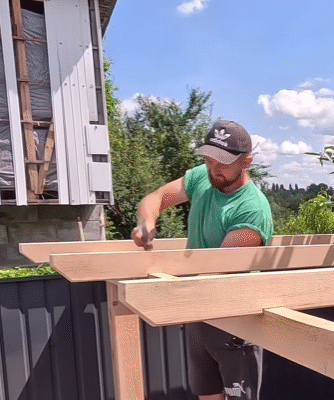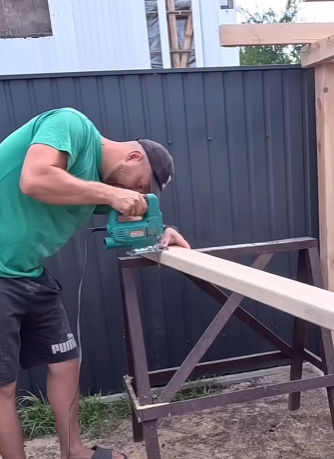
When we think about building a shed or even upgrading one, the roof might not be the first thing that grabs our attention. Yet, the roof is one of the most important elements of any structure—it protects, defines style, and even impacts how long the building will last. Among many roof styles, the shed roof is one of the simplest, yet most charming and efficient. Despite its humble appearance, the shed roof is making a comeback—and maybe it deserves a little more love. 🥹
What is a Shed Roof?
A shed roof, also known as a lean-to roof, is a single sloping roof surface. Imagine a flat surface that’s been tilted to one side, creating a slope. That’s the essence of a shed roof—no ridges, no hips, just one clean slant from one side to the other.
Shed roofs are usually found on garden sheds, cabins, small homes, and extensions. But in modern architecture, this simple design is being used in creative, stylish ways for homes, studios, and even
commercial buildings.
A Bit of History
Historically, shed roofs were the go-to design for simple structures like barns, storage sheds, and outbuildings. Why? Because they’re incredibly easy to build and require fewer materials than gabled or hipped roofs. Early builders didn’t have modern tools or materials, so the straightforward shed roof became a practical favorite.
But today, architects are rediscovering the shed roof and using it in sleek, minimalist designs. Modern homes with angled, clean lines often feature shed roofs to create dramatic shapes and highlight energy efficiency.
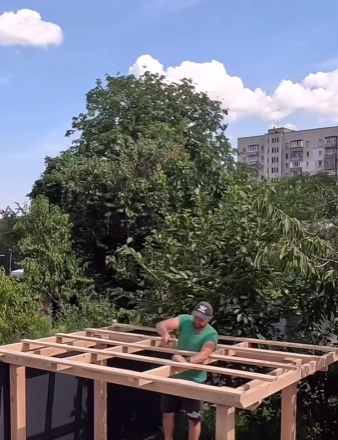
Why the 🥹 Emoji?
You might be wondering, why the crying face? 🥹
Well, it’s a little nod to the shed roof’s reputation. For years, this roof style was considered plain, boring, or even cheap. It was often overlooked in favor of fancier roof styles with multiple slopes and decorative trims. But things are changing, and many people now see the shed roof as a symbol of simplicity, strength, and smart design—something that makes us feel a little emotional. 🥹 It’s a comeback story we didn’t see coming!
Advantages of a Shed Roof
There are lots of reasons why you might choose a shed roof, especially if you want something practical and attractive:
1. Simplicity
With just one slope, the shed roof is easy to understand, design, and build. It’s perfect for DIY enthusiasts or homeowners looking to save money on construction.
2. Cost-Effective
Fewer materials are needed compared to more complex roofs. You only need one set of rafters, and installation is typically faster and cheaper.
3. Great Water Drainage
The slope allows rain, snow, and debris to slide right off. That’s especially helpful in rainy or snowy regions.
4. Ideal for Solar Panels
A single slope makes it easy to angle solar panels toward the sun. Shed roofs are often used in energy-efficient homes for this very reason.
5. Modern Look
In recent years, architects have embraced the clean, sharp appearance of the shed roof. It can make a small house look edgy and modern.
6. More Wall Space
Since one side of the roof is higher, it creates an opportunity for taller walls and large windows—great for natural light and beautiful views.
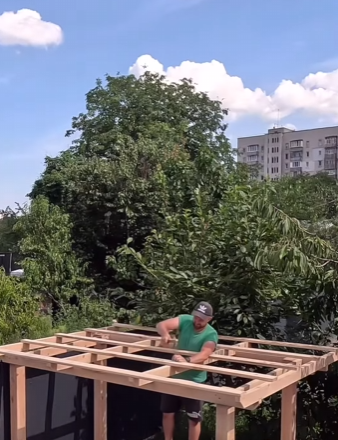
Disadvantages of a Shed Roof
Even though shed roofs are awesome in many ways, they do have a few downsides:
1. Limited Attic Space
Because of the slanted design, there’s usually no attic or storage space under the roof.
2. Not Ideal for Large Homes
On bigger buildings, a shed roof might look unbalanced or awkward unless it’s used thoughtfully in the design.
3. Wind Vulnerability
If the higher wall faces strong winds, the roof can be vulnerable unless reinforced properly.
4. Drainage Must Be Considered
All the water runs off in one direction, so you need a well-designed gutter and drainage system to avoid flooding or erosion on that side.
Where Shed Roofs Shine
Shed roofs work best in the following structures:
- Garden sheds and tool storage
- Tiny houses and cabins
- Workshops and studios
- Extensions and home additions
- Carports and lean-tos
- Modern eco-homes
Construction Tips
Thinking of building a shed with a shed roof? Here are a few practical tips:
1. Choose the Right Pitch
A roof that’s too flat won’t shed water well, while one that’s too steep might look strange or be difficult to cover. A pitch of 4:12 to 6:12 (for every 12 inches of horizontal length, the roof rises 4 to 6 inches) is often ideal.
2. Use Quality Materials
Because the slope directs all rain in one direction, make sure you use strong, weather-resistant materials—like metal panels, asphalt shingles, or corrugated roofing.
3. Install Proper Gutters
Don’t forget the drainage! A strong gutter system is essential to prevent water damage.
4. Consider Insulation
If your shed is more than just storage—like an office or a studio—you’ll need proper insulation to control temperature and prevent moisture problems.
Shed Roof in Modern Design
Minimalism is in, and so is the shed roof. Architects now use this once-humble design in trendy ways:
- Stacked Shed Roofs: Multiple shed roofs at different angles to create a layered, artistic look.
- Mixed Materials: Combining metal, wood, and glass under a shed roof makes a space look futuristic and cozy at the same time.
- Eco-Design: Many green buildings now use shed roofs to harvest rainwater or install solar panels with maximum sun exposure.
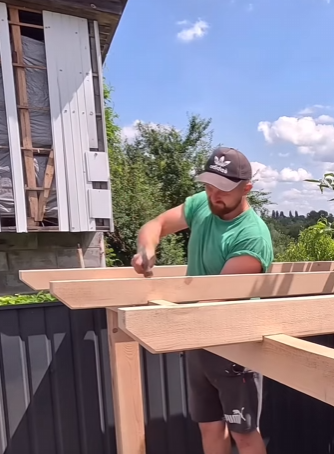
Conclusion: Give the Shed Roof Some Love 🥹
The shed roof may not be the flashiest design, but its simplicity, function, and understated charm have made it a timeless favorite. Whether you’re building a garden shed, a cozy studio, or even a full-sized home, the shed roof deserves a second look.
It’s smart, strong, and stylish—what more could you ask for?
So the next time someone says “It’s just a shed roof,” feel free to smile and say, “Yes… and it’s perfect.” 🥹
